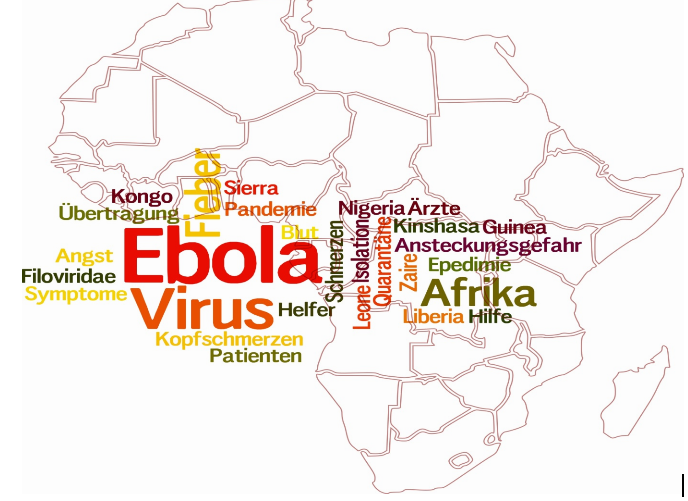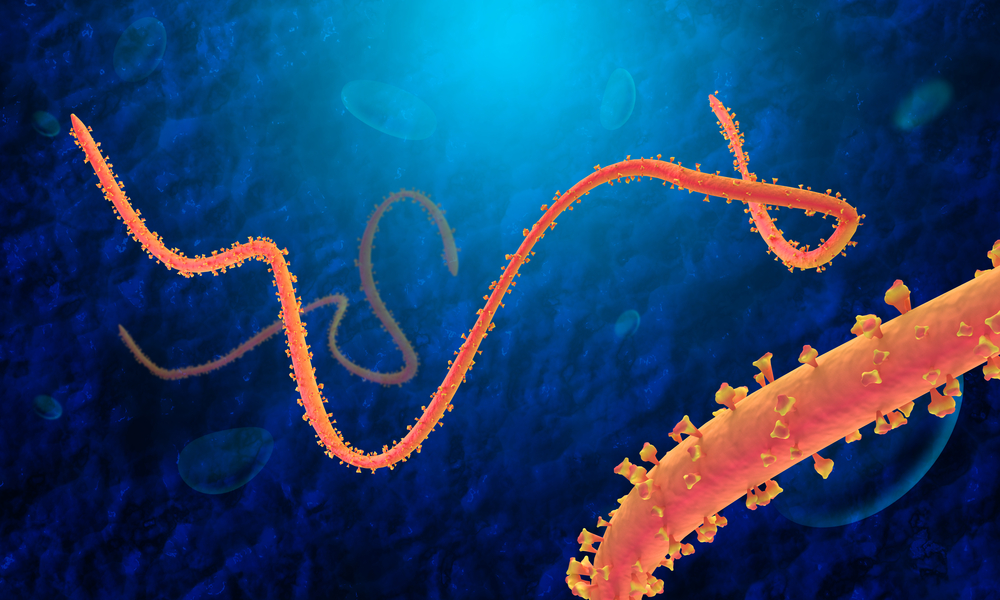Ebola is a deadly virus disease, which is very rare but deadly and causes bleeding inside and outside the body. This deadly disease was formerly known as Ebola hemorrhagic fever, which is a severe and fatal illness in humans. Basically, Ebola’s first outbreak was in the year 1976 in the African countries like especially in the Democratic Republic of the Congo (then Zaire) and Southern Sudan. The disease has taken its name from the village situated near the Ebola River.



